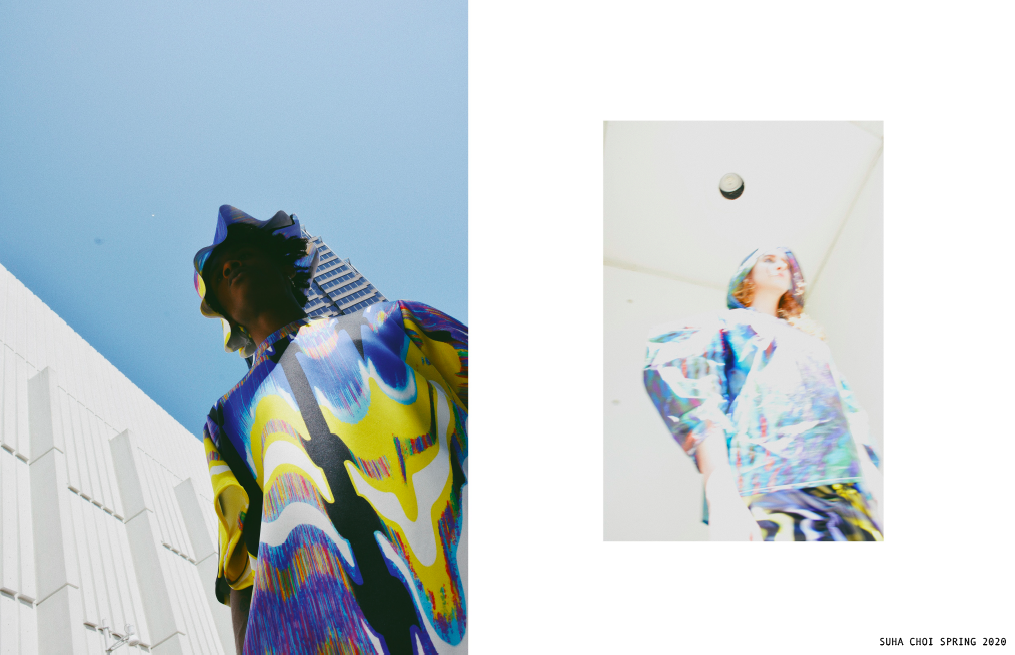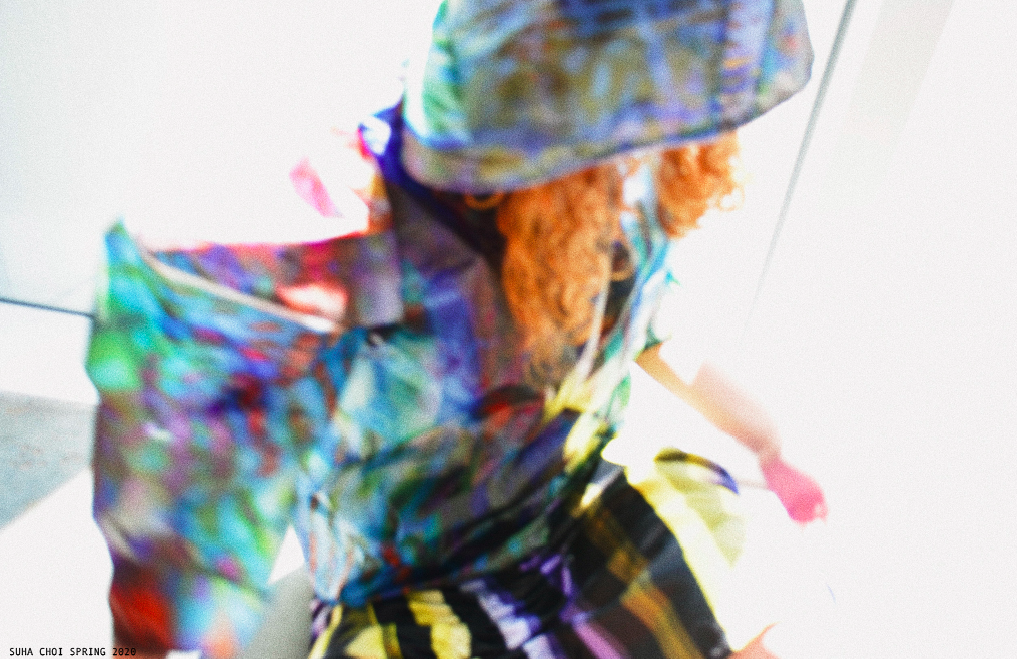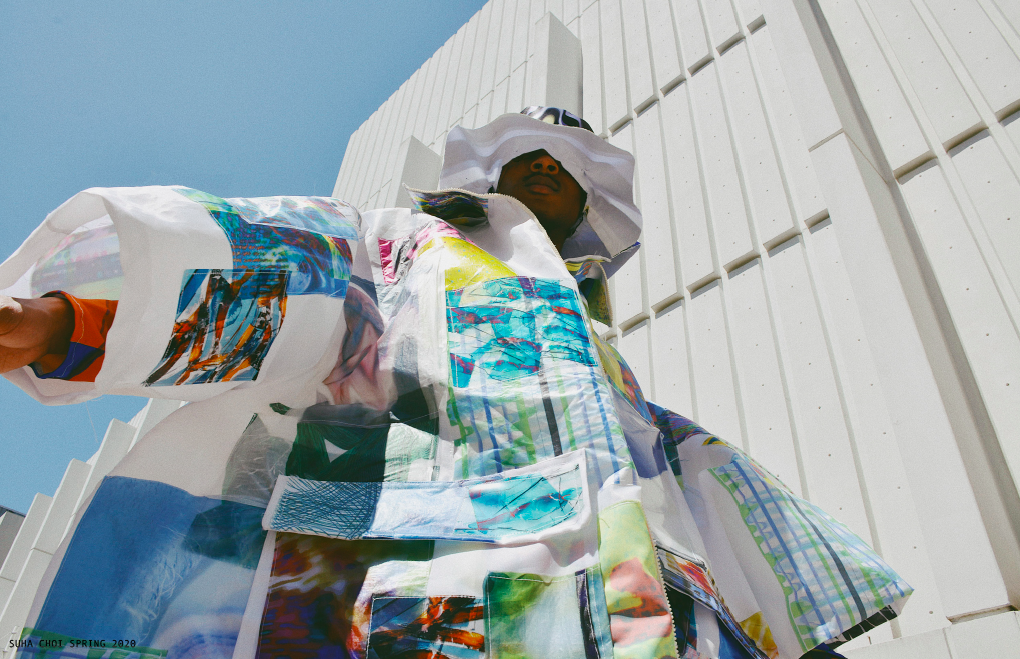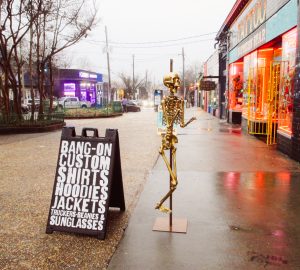Fourth-year design student Suha Choi was born and raised in South Korea. She sat down and talked about her process for concept, what captures her and her distinctions as a designer.

The Connector: As a designer, what are the most important aspects a concept should contain?
Choi: I think that the most important part is that the concept should be what you want to talk as a designer. Some people don’t really know why they want that specific concept, but I think if you don’t know, it’s irrelevant to you because everybody can choose nature or a specific culture.
For me, I also had a hard time analyzing my concept and finding a reason for it. Since my second year, I have worked on the idea “clothes as a mask,” because I believe that people utilize fashion to hide their personality rather than express themselves. This is similar with the process of creating art, when they create art the artist is influenced by their own emotional states and the outside environment.
As a fashion designer, I really want to make people utilize fashion as an expression rather than mask. By always being interested in inner feelings and a desire to create art, which makes people to feel aware of their emotions. After analyzing and knowing why I want to talk about this concept, I really enjoy the whole process of developing a concept and it makes me keep thinking and challenging how I can represent it.
The Connector: Is there a special routine you do when you work for your fashion concepts?
Choi: When I work on a concept, I try to visualize it by creating actual artworks. For example, in my senior project I got inspired by Korean traditional dance called Seng-Mu. If you watch the dance, you realize they keep repeating two steps. At first, they stretch their arms and the action comes loose and at some point they wrapped their body. The dance consists of forming and coming loose. After I noticed that step, I painted these by watching and to visualize the concept directly, I can utilize the artwork as an inspiration for silhouette and colors.

The Connector: How would you describe your style to be?
Choi: My style is conceptual but also wearable. Even though my concept is abstract, more about emotion and feeling, I always try to make it realistic through wearable garments. Because my purpose of designing is to make make people wear my clothes and be aware of their inner feelings. To visualize the abstract emotions on a more realistic way, I utilize my drawing and develop it into prints by using symbolism of colors.
The Connector: Where do you draw most of the inspiration for the concepts you develop?
Choi: I’m always inspired by art, especially paintings. Every artwork is different and has its own artistic style and purpose, by looking and analyzing them, I can learn about ways to represent or tell ideas. Sometimes it helps me to solve problems on how to represent specific parts of art such as colors or texture.
The Connector: Throughout your concepts, how do you keep your brand presents?
Choi: Through sketches and surface design I keep my brand present. When I am doing these sketches, I like to use curved lines and a more abstract shape, to visualize my abstract 2D sketches I try to do different kinds of surfaces such as prints, beading and needle punching. These processes create a uniqueness of my brand.

The Connector: Name a designer who creates concepts you feel inspired by, and why.
Choi: I’m inspired by French fashion designer Marine Serre. In the fashion field, people use nostalgia as an idea for inspiration rather than confronting the current society, and she tries to create fashion which corresponds with that present and future.





















